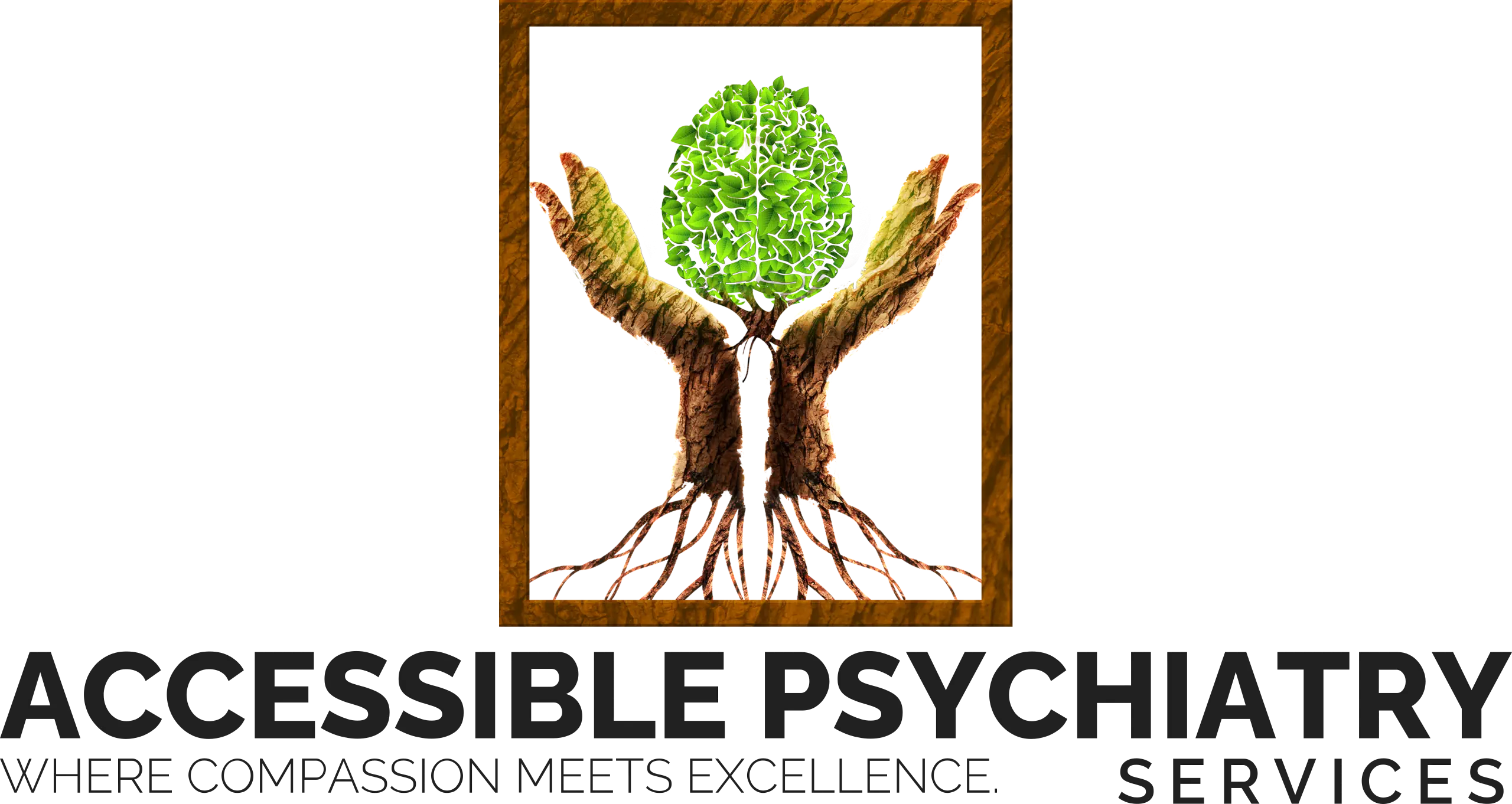Treatment of Major Depressive Disorder
The good news is that there are ways to manage your symptoms and treat MDD. MDD is classified into 3 categories: mild, moderate, or severe. In most cases, a combination of psychotherapy and medication is effective and sufficient.
Bipolar Disorder
Bipolar disorder, formerly known as manic depressive disorder is a mental health condition typically characterized by mood swings, irritability, and agitation that can change a person’s mood, sleep, energy, behavior, and ability to function. Individuals with bipolar disorder typically experience intense emotional states that can last for days or weeks at a time. These episodes are usually disruptive to the lives of the patient and their loved ones.
While some people with bipolar disorder can function and maintain a healthy professional and personal lifestyle, experiencing few or no episodes throughout the year, most people will struggle significantly and ultimately require medical attention. If left untreated, symptoms can worsen over time and affect daily activities. In severe cases, bipolar disorder can bring on hallucinations, bizarre beliefs/mannerisms and suicidal considerations. When this occurs, seeking emergent psychiatric care is essential.
Treatment of Bipolar Disorder
Bipolar disorder is treated primarily with therapy and medication management. As with most chronic illnesses, treatment will need to be ongoing.
Get in Touch 
Our mission is to provide you with quick access to excellent mental health services in a compassionate and safe environment. Our goal is to improve quality of life for you and your family.

